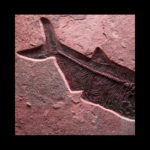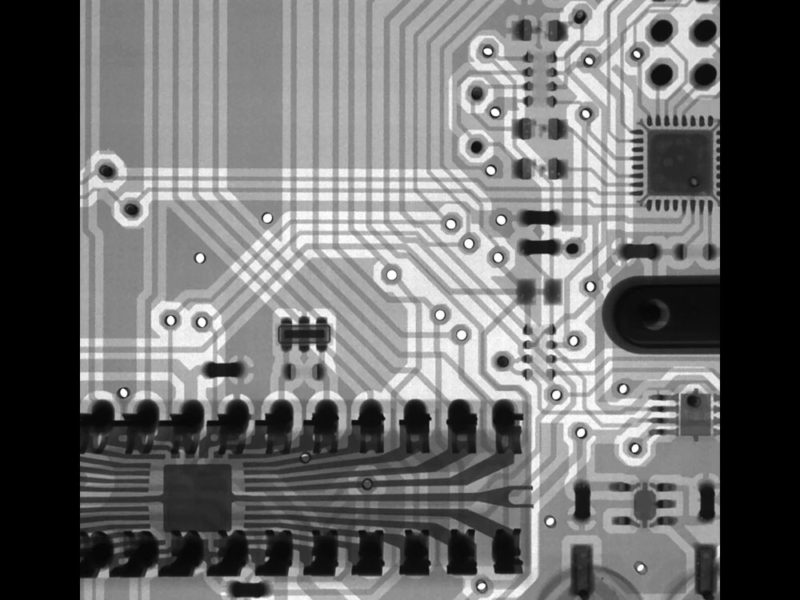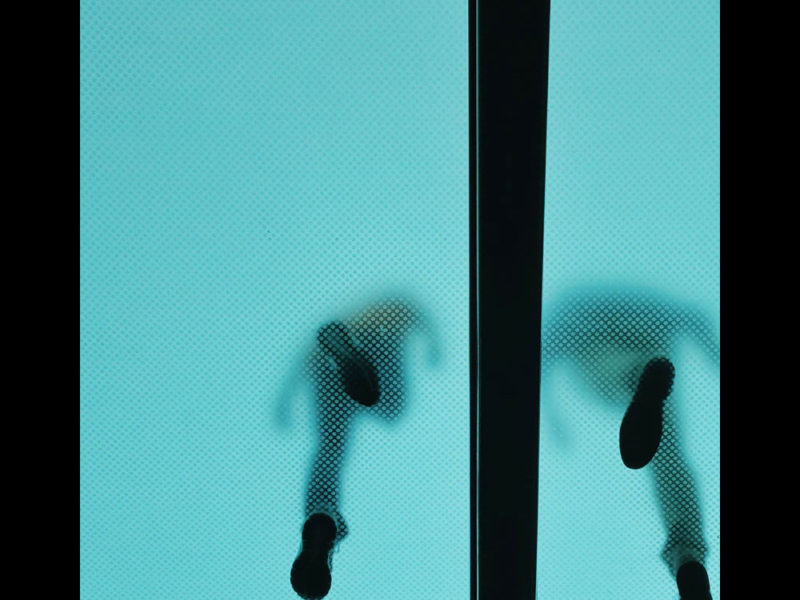
How Changing Perception Solves Problems
When a number of parts or particles are put together in a collection, they may retain their independence and display individual properties, or they may start to form a collective that displays behaviors and properties that are more than those of the parts.
In the first case, the properties of the collective can be deduced from the properties of the parts, and coherence in the behavior of the collective depends on the homogeneity of the composition.
In the second case, a system is formed with properties that cannot be reduced to the properties of the parts. This system can be referred to as an assemblage, and those properties that it displays can be described as emergent.
Our understanding of the world and its working is based on an intuitive understanding of assemblages/ systems and their emergent properties. Nature is an assemblage that is composed of organisms and material parts of the world. The properties of specific ecosystems emerge from the interaction between the composing parts and not necessarily from the properties of these parts themselves. Society is an assemblage of the people, cultures, environments, beliefs, resources, languages, and many other components, which in themselves can also be described as assemblages of smaller parts.
This view of the world as assemblage can be applied to almost all systems that we encounter. And as all systems are composed of smaller parts, the question of scale becomes important when trying to interact with any system or understand it. This scale is concerned with the perspective that we adopt when looking at a system, are we looking at the component parts – the “micro”, or are we looking at the system as emergence – the “macro”.
As explained in the Micro-Macro Dynamics article in Complexity Labs, the micro and macro levels of any system have different properties that influence the way we perceive and understand them. These properties are summarized as:
The Micro:
- Necessarily has some form of physical manifestation, without this physicality the parts cannot interact with each other or the system
- Addresses the question of “how” the system does what it does and what are the internal mechanisms of the behavior of the physical parts
- The analysis of the micro-level is through an inspection of the parts themselves and their properties. And these parts are comparable through measurable units
- The micro-level generates the possibilities within the system. These possibilities are determined by what each of the parts is capable of
The Macro:
- Does not necessarily have a physical manifestation, it can be a virtual system or governing system
- Addresses the question of “why” the system does what it does and what is its purpose
- The analysis of the macro is possible through an examination of its effects and impact. The systems are difficult to directly compare without reduction into parts and thus compromising their emergent properties
- The macro generates the constraints within the system, it is the elimination and selection of the possibilities generated by the micro
These two levels display somewhat opposite properties and therefore create a tension between the demands of the micro and the needs of the macro. In Uraiqat Architects, we are constantly faced with the dilemma of the micro and the macro through various levels of our work and our decision-making mechanisms.
In design, the conceptual phase is perceived to be the “macro” of the design, whereas the technical phase is the “micro”. While the concept answers the question of “why”, the technical answers the question of “how” to implement. While there are endless possibilities of what can be done in the technical, the concept works by selecting and eliminating according to what is consistent with the “why”. It is very difficult to compare one concept to another directly, but it is much easier to compare and transfer the technicalities across projects.
During construction, the daily supervision of the works and the technical implementation lies in the “micro” level, it constantly answers the questions of “how” things are to be done and determines the technical possibilities. While the management of the contract and the project lies in the “macro” level, constantly evaluating the “why”s of the project and working through the constraints of the contract and the budgets. And much like design, while it is difficult to compare contracts and programs directly, it is easier to compare daily workflows and progress in measurable units.
As a team, we are also constantly shifting through the “micro” as individuals, each with their own possibilities and aspirations, determining “how” we do our work, and the “macro” as a team, working through the constraints of maintaining consistency and determining “why” we do what we do. This also applies to the company, where our “micro” day-to-day operations determine our possibilities and “how” we get things done, whereas the “macro” of our growth and strategy determine “why” we exist and what are the selection and elimination mechanisms we apply to our operations to achieve our long term goals.
Another aspect of our work that I would like to introduce using this micro-macro approach is roles vs tasks. If we perceive every project as an assemblage of the multiple tasks that are achieved throughout the project, then the project displays emergent properties that are more than the sum of the tasks that were performed throughout.
However, we are constantly getting trapped in one level of perception or the other. As shifting between the multitude of the tasks needed for the project and staying aware of the bigger picture and the goals requires very different and often contrasting mentalities and skills.
So how do we go through the daily tasks, operations, and technicalities while remaining faithful to the purpose, the strategy, and the vision of the projects and company?
We do this through the introduction of the concept of the “role”. We break down the “macro” of the project into an intermediate level called the “mezzo”. Much like the “macro”, this level is defined by its purpose and its effect, yet it is subordinate to the “macro” of the project. In light of the properties defined above for the “micro” and “macro”,
the role as “mezzo” displays the following properties:
- It has a physical manifestation in the form of a deliverable, yet this deliverable in itself carries more than just its physicality. It should satisfy a certain need of the system
- Answers the question of “why” for the micro-tasks, yet answers the question of “how” for the macro project level
- It is analyzed through impact and effect and can only be compared indirectly like the micro, however, it is still possible to look at the parts separately and see how they affect the whole
- It generates the constraints of the tasks, yet also the possibilities for the project
Using this understanding of roles, we look at each project as a collection of roles aimed towards achieving a purpose or effect. Each one of our team members adopts a role and carries it through its micro-tasks, while all the roles interact together to form the macro vision of the project. This allows each member to move between the macro-mezzo-micro in a productive dynamic, preventing any of staying too long in one level and too short in another. And we believe this is the ultimate way to achieve progress and the highest impact.
Read the full article on ->Complexity Labs






